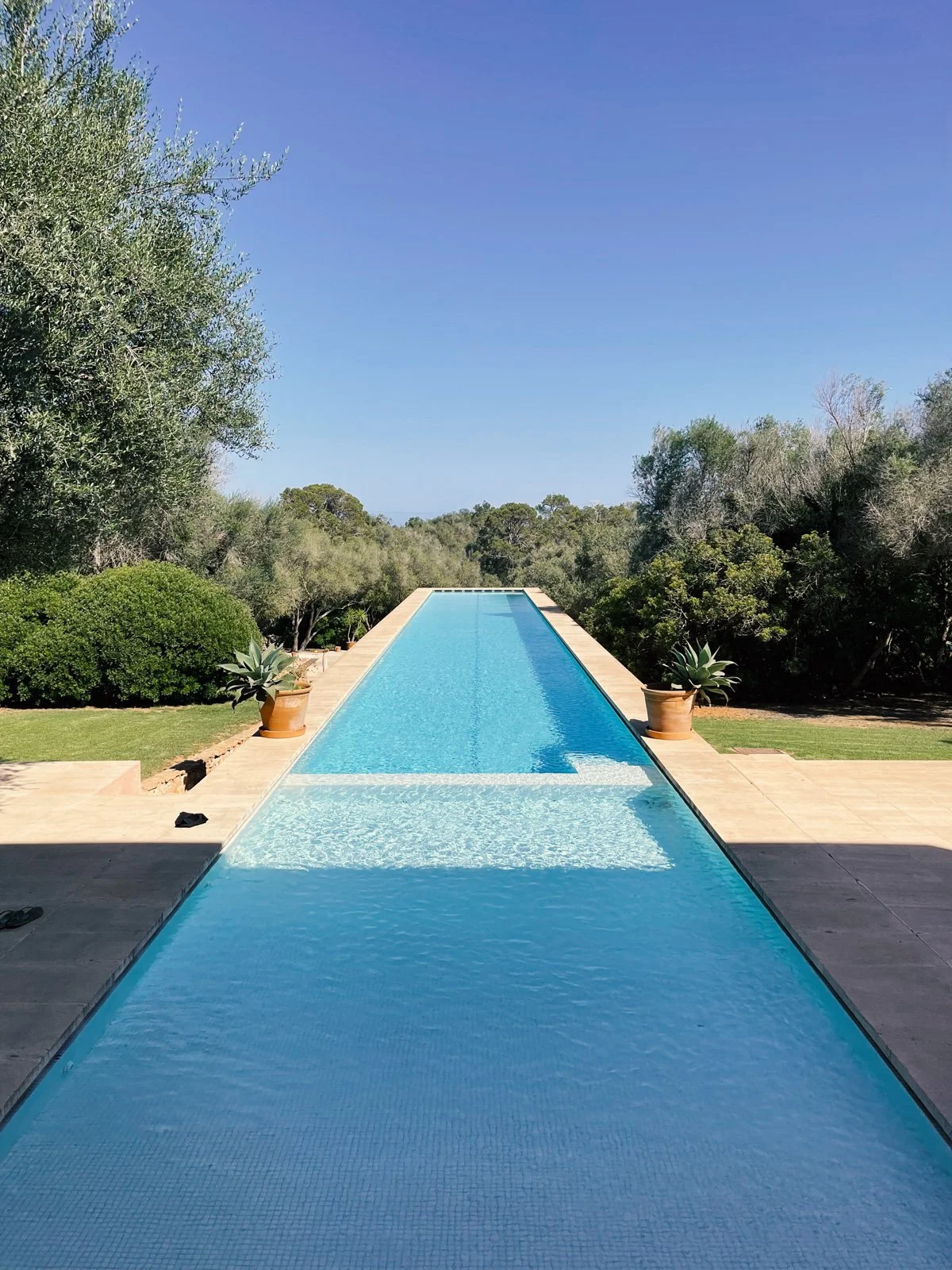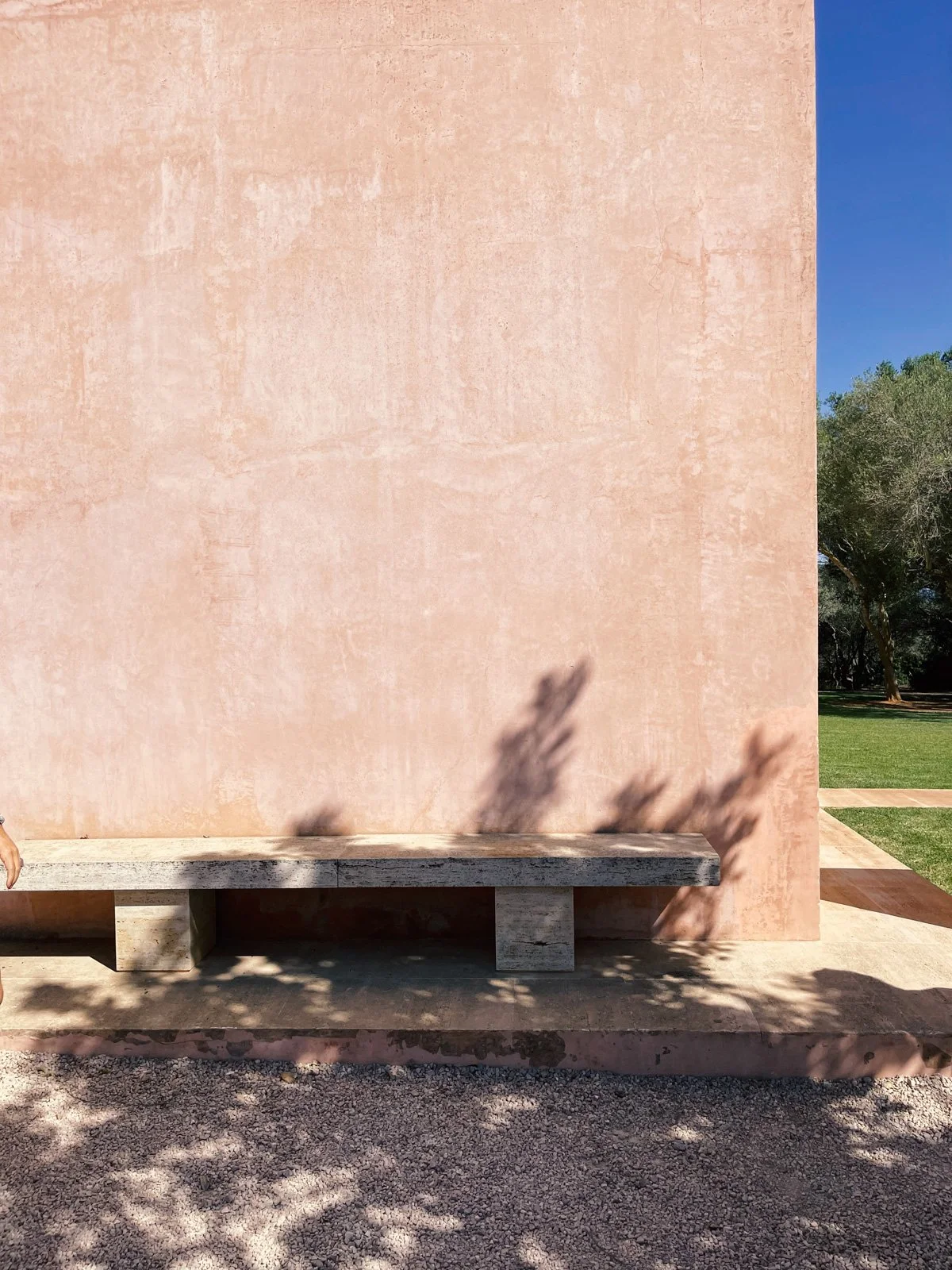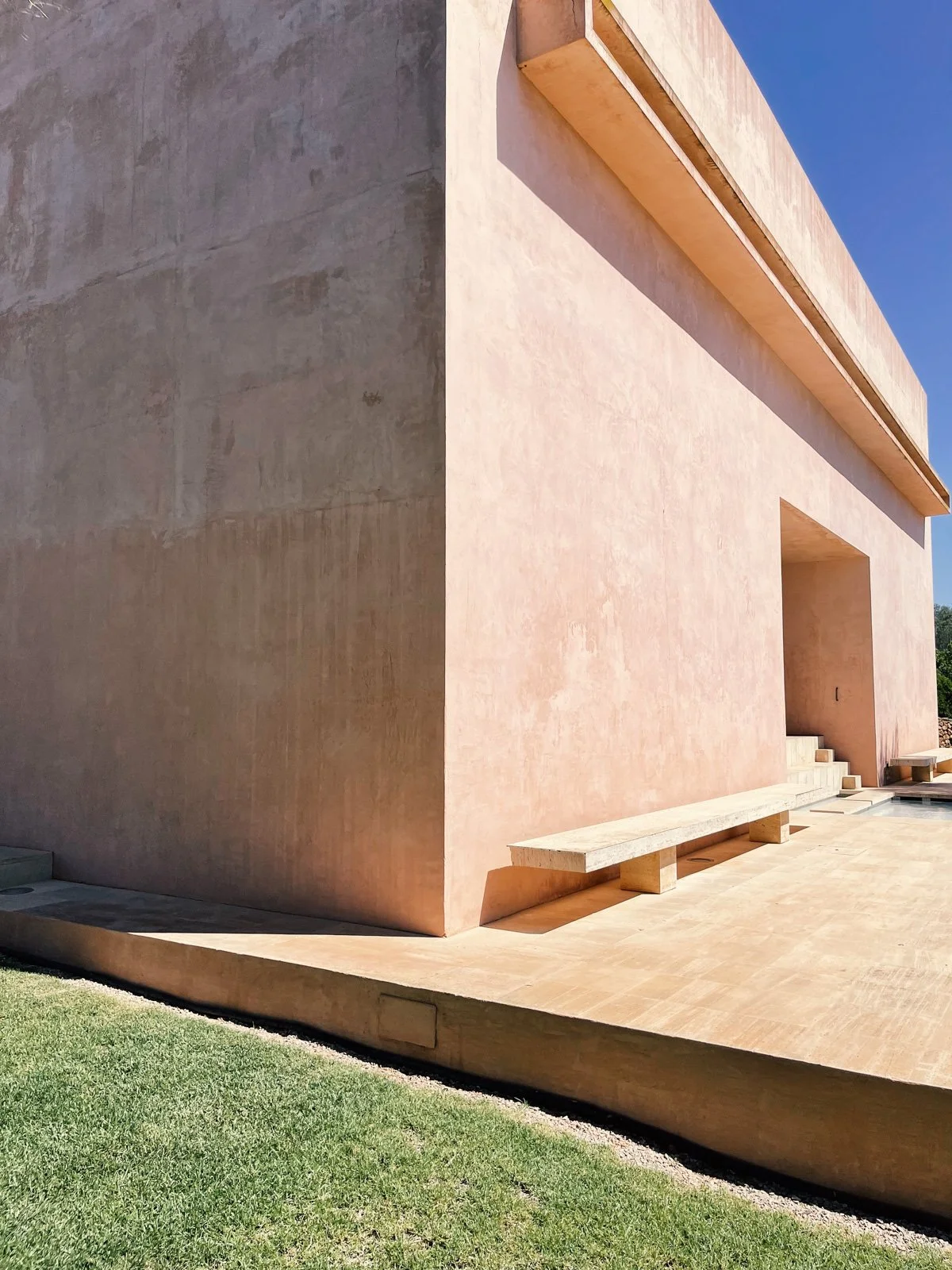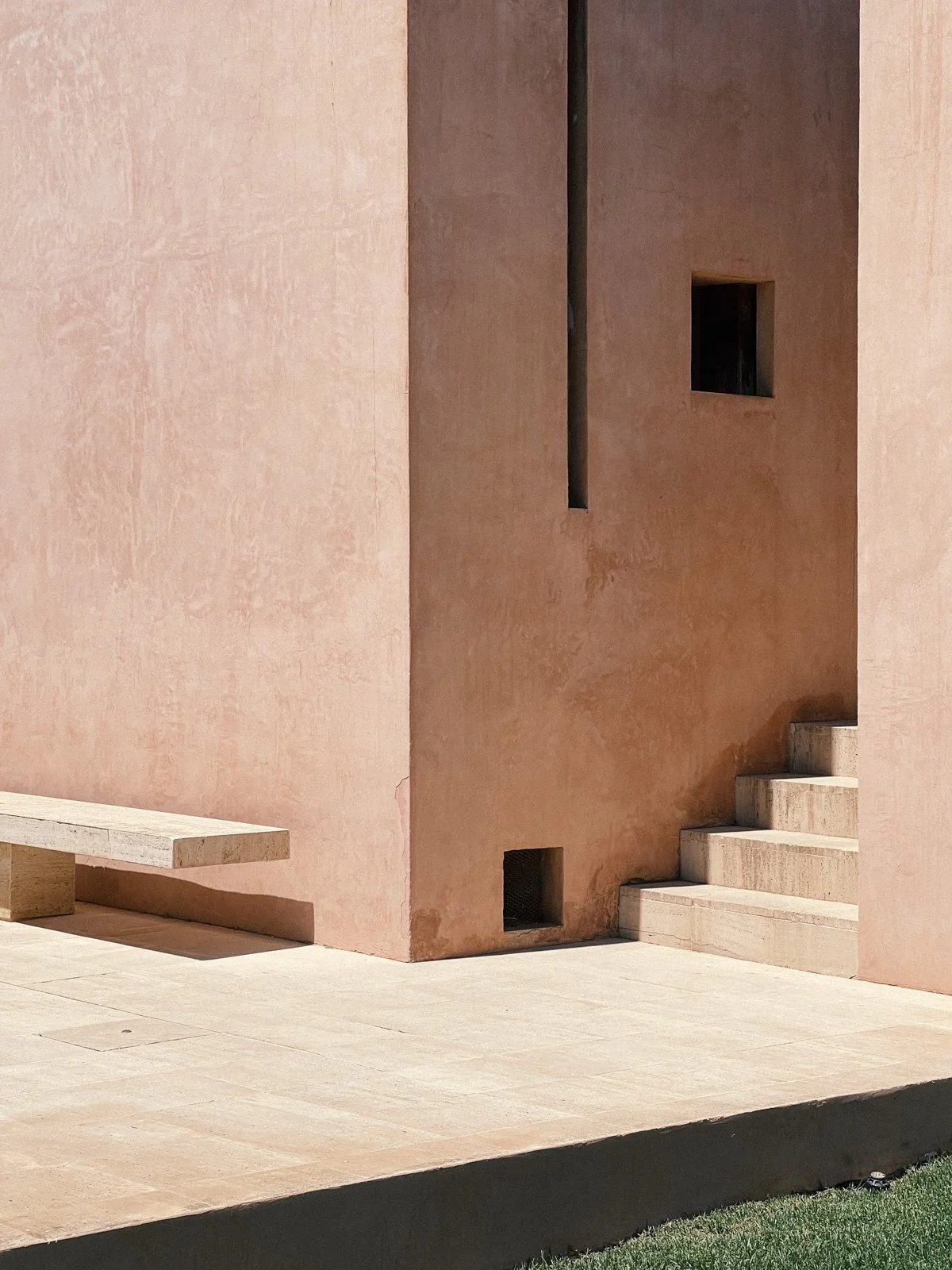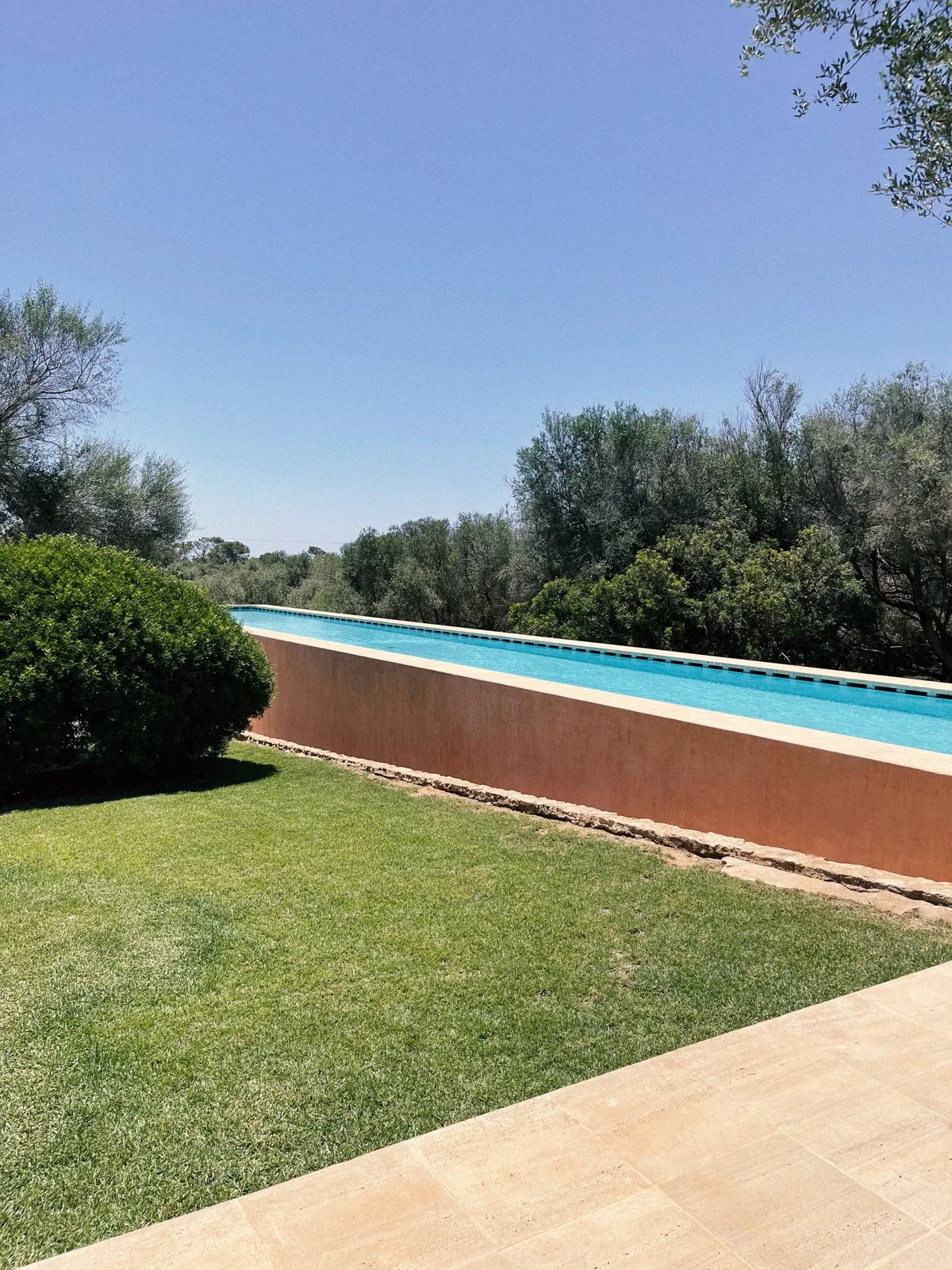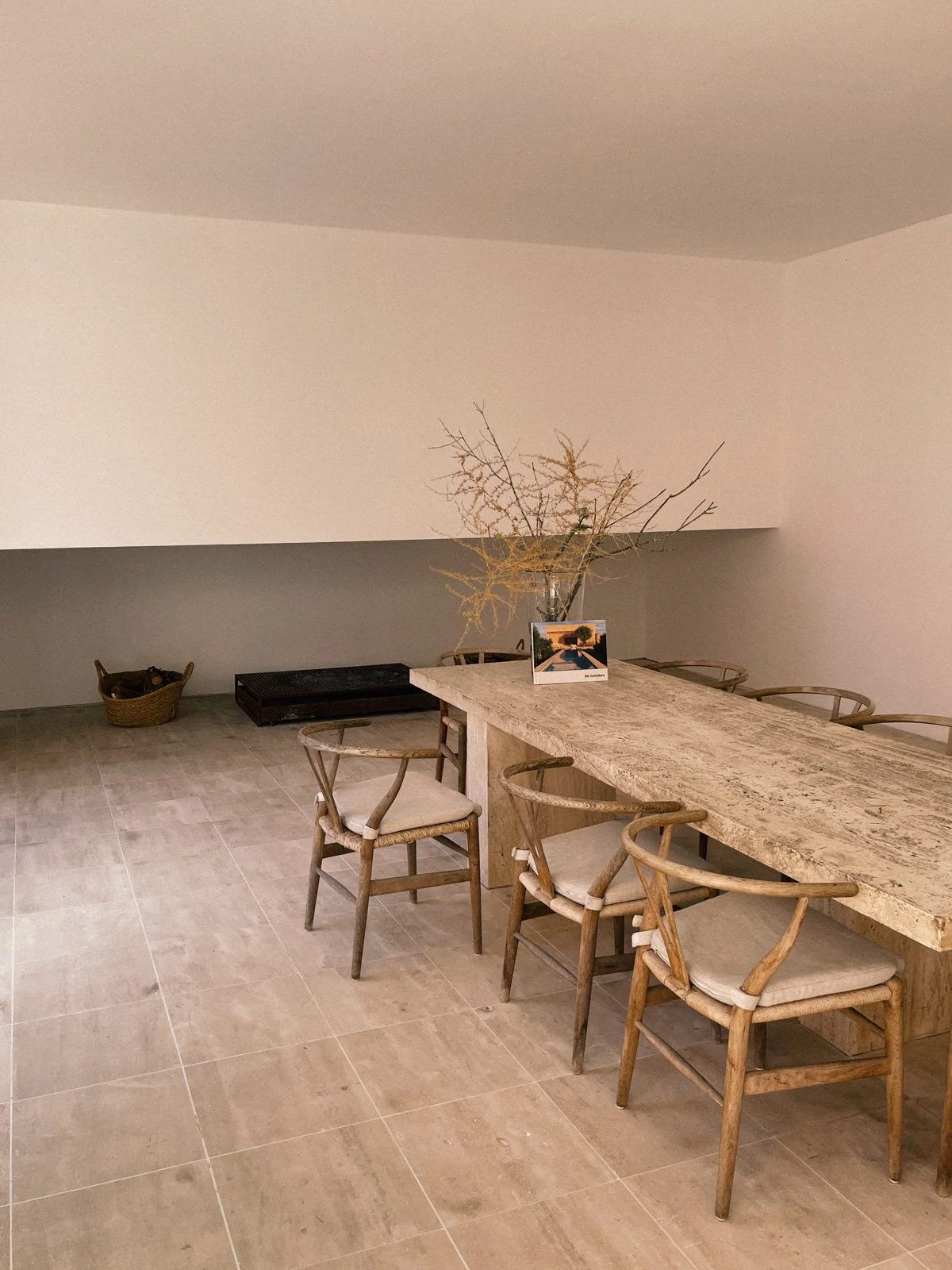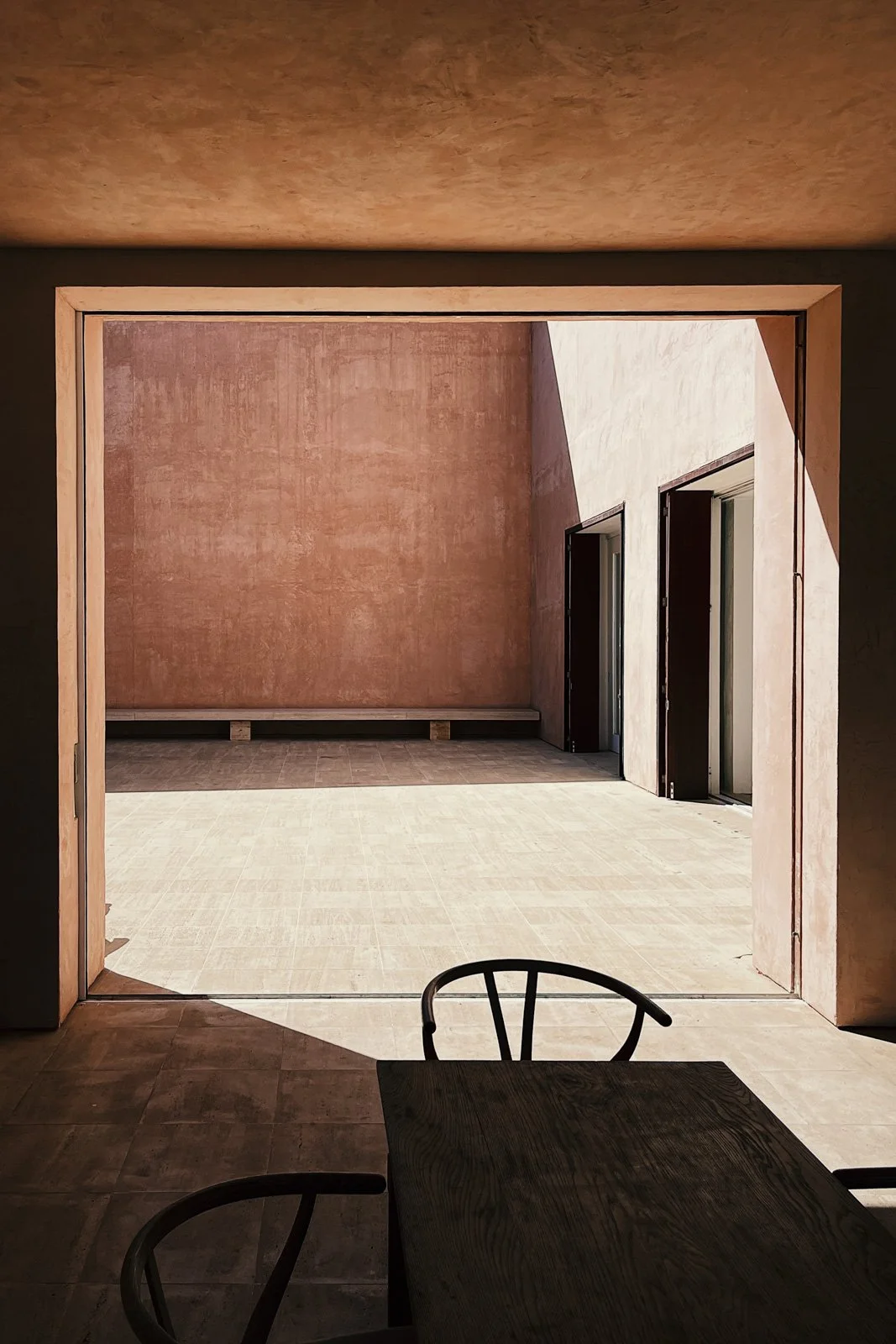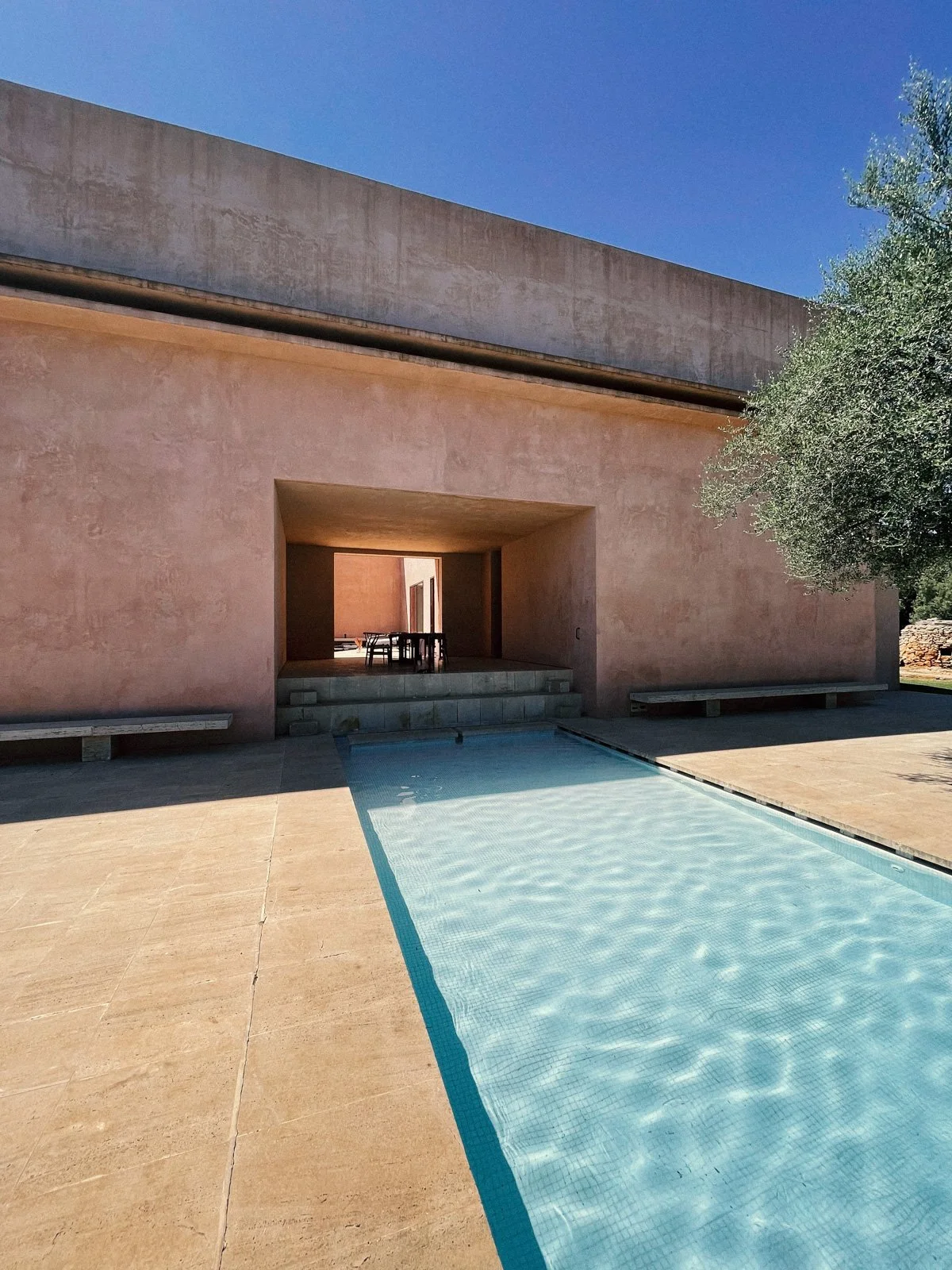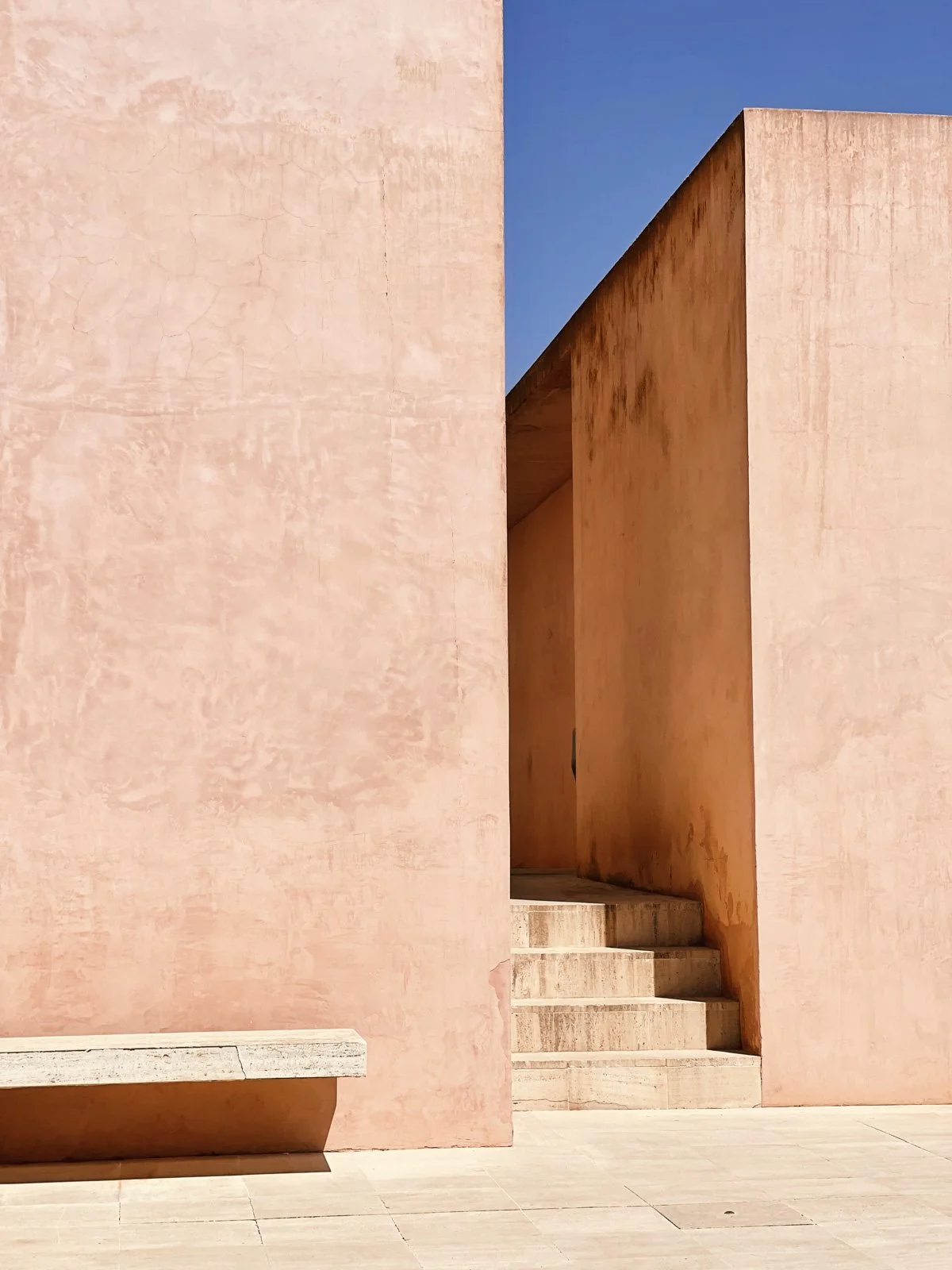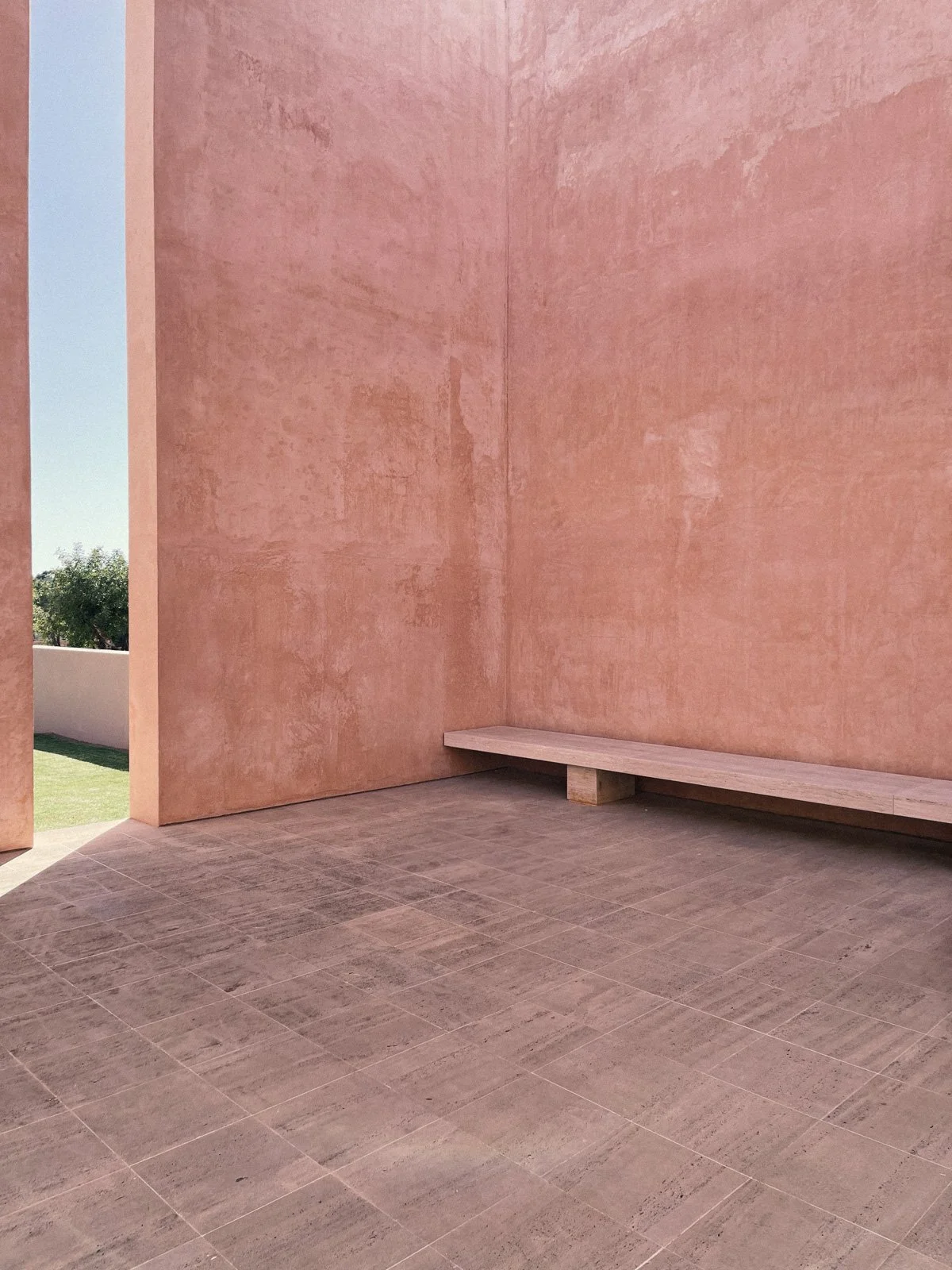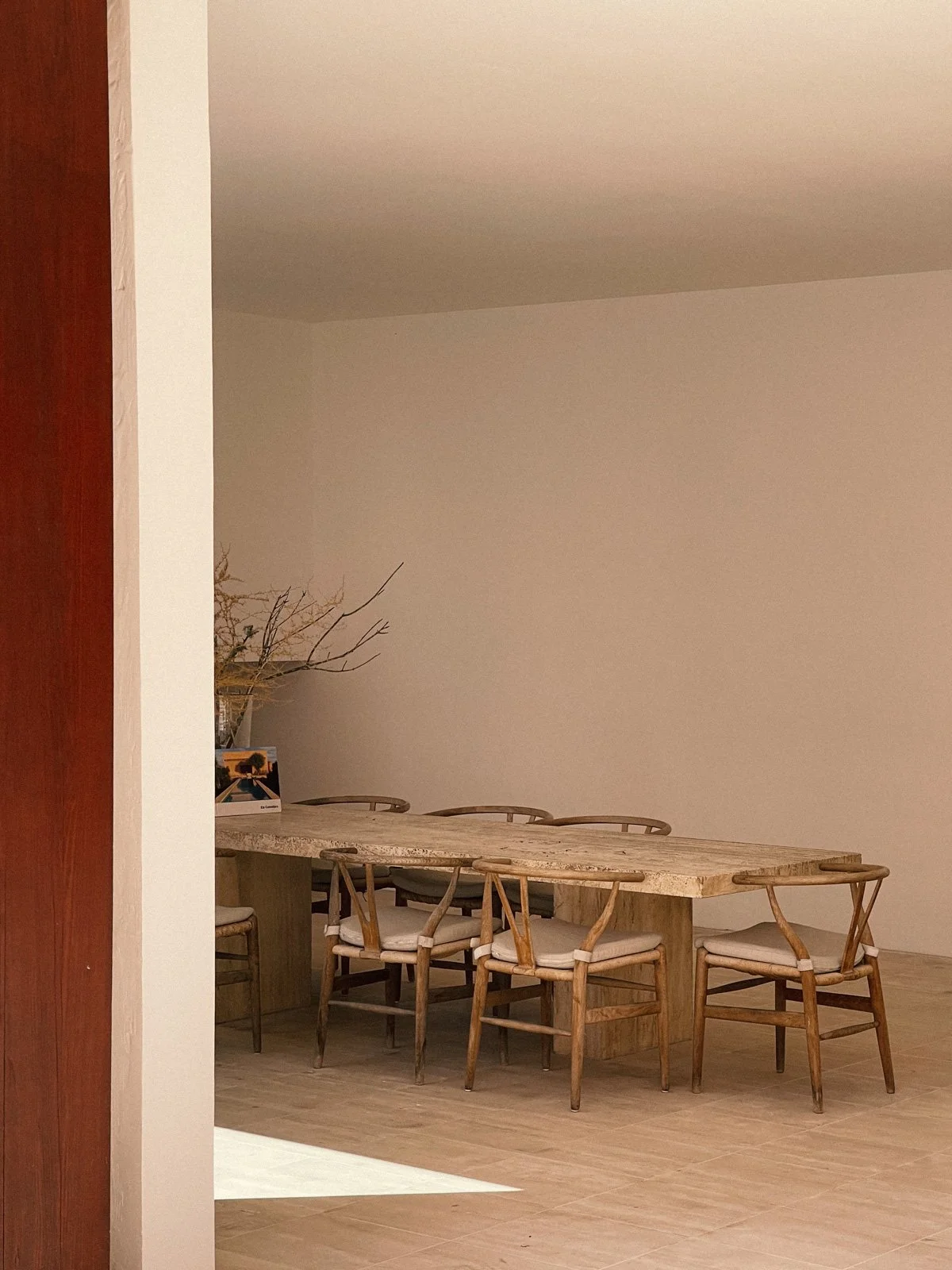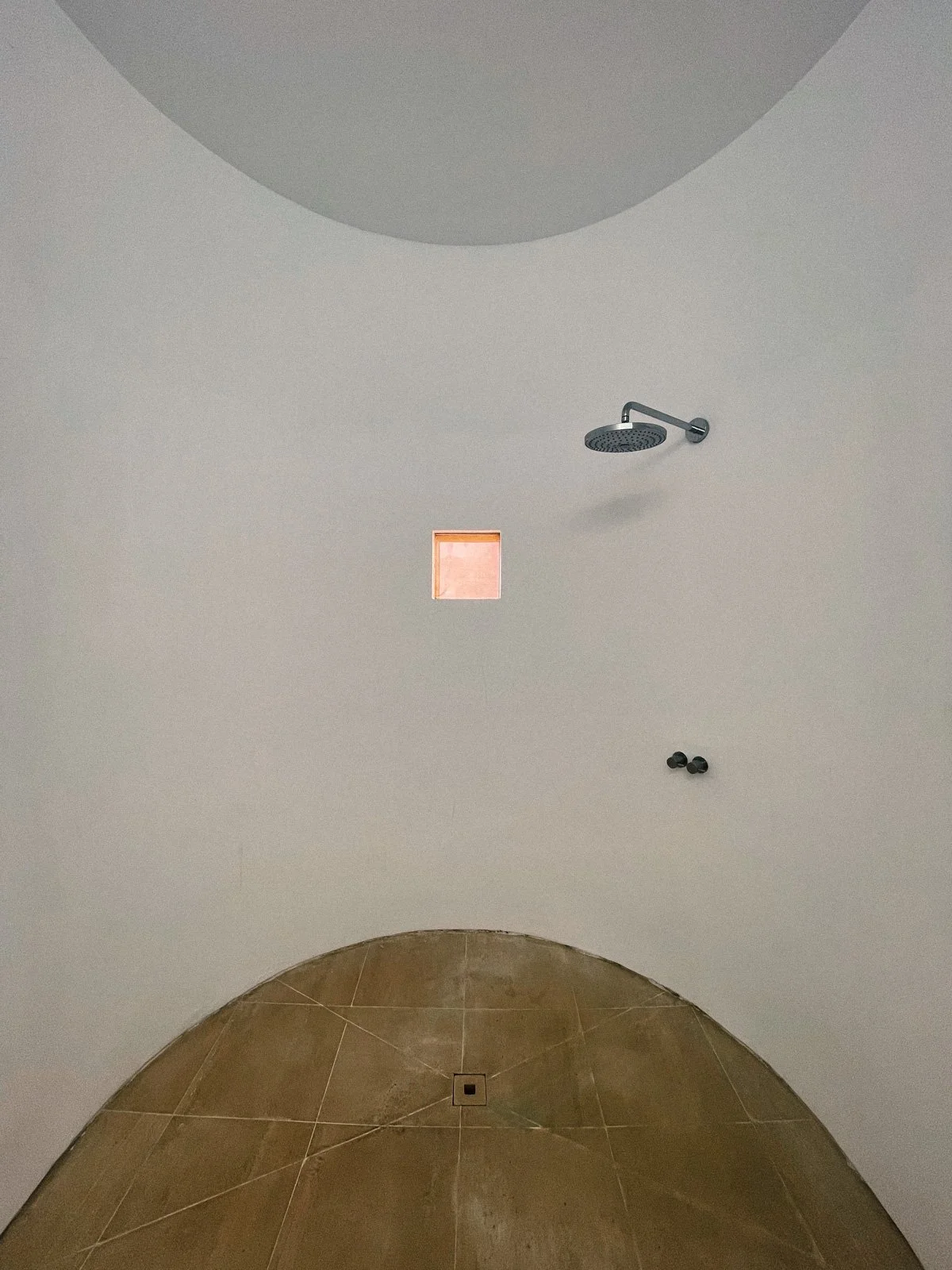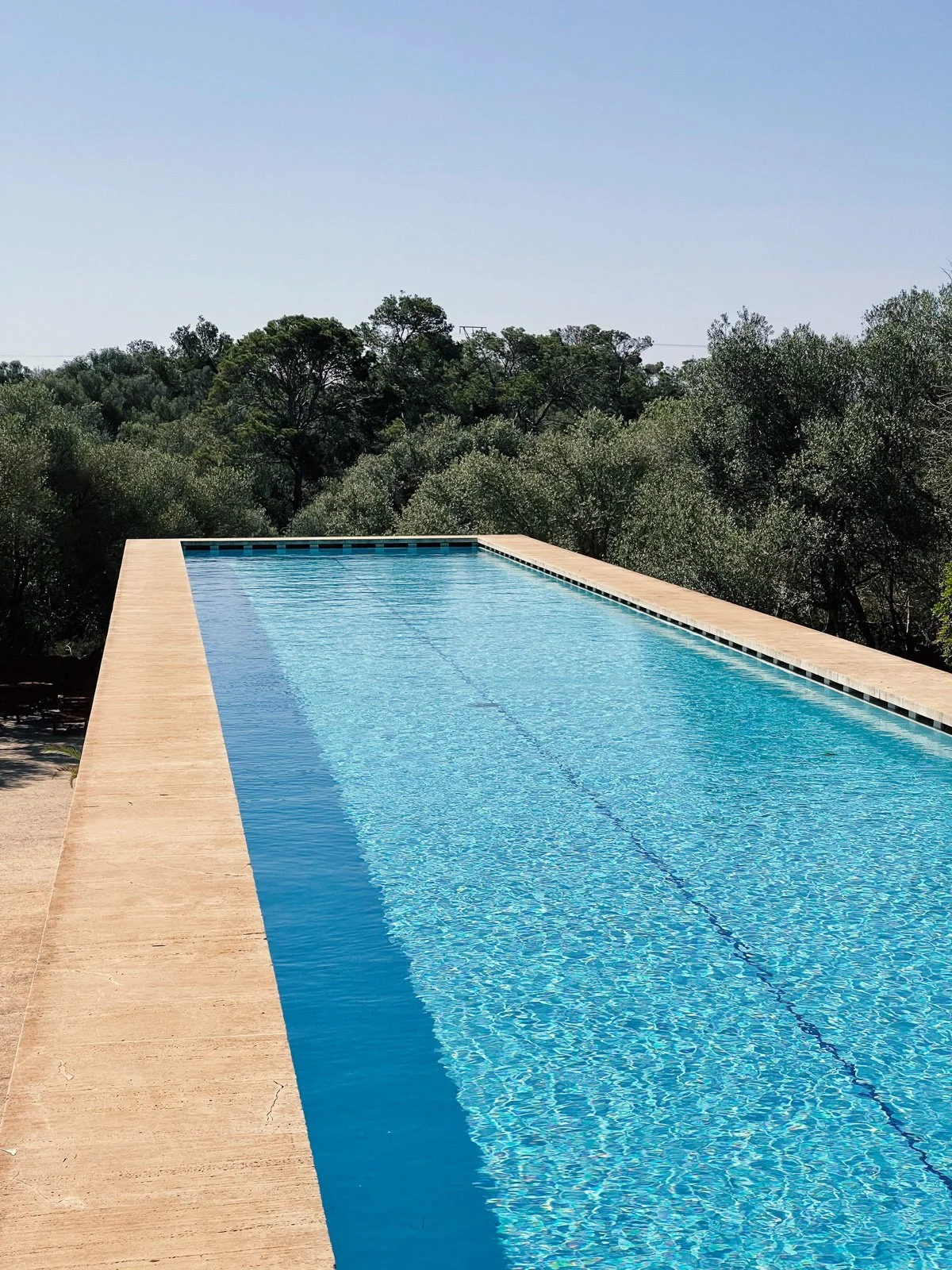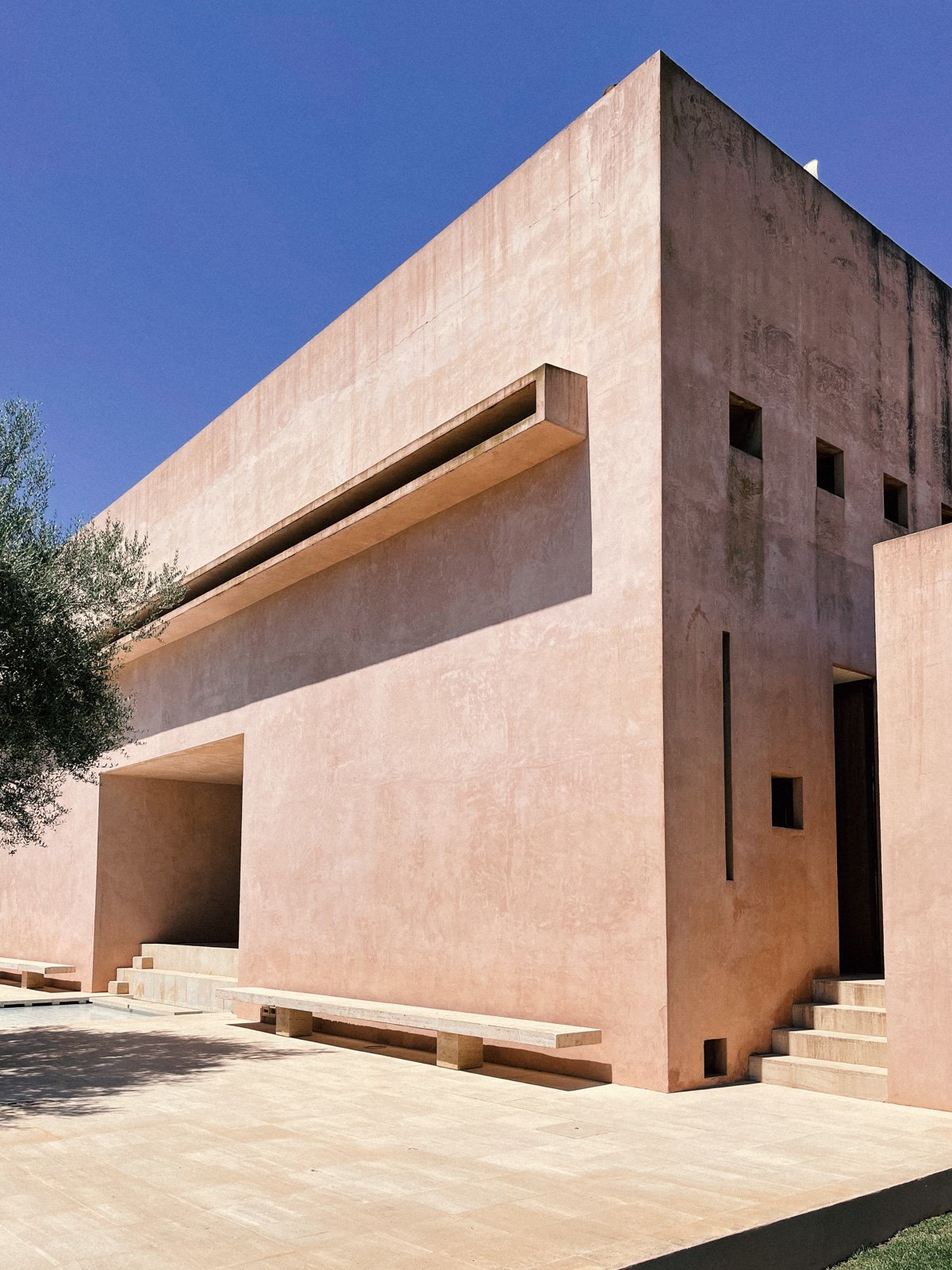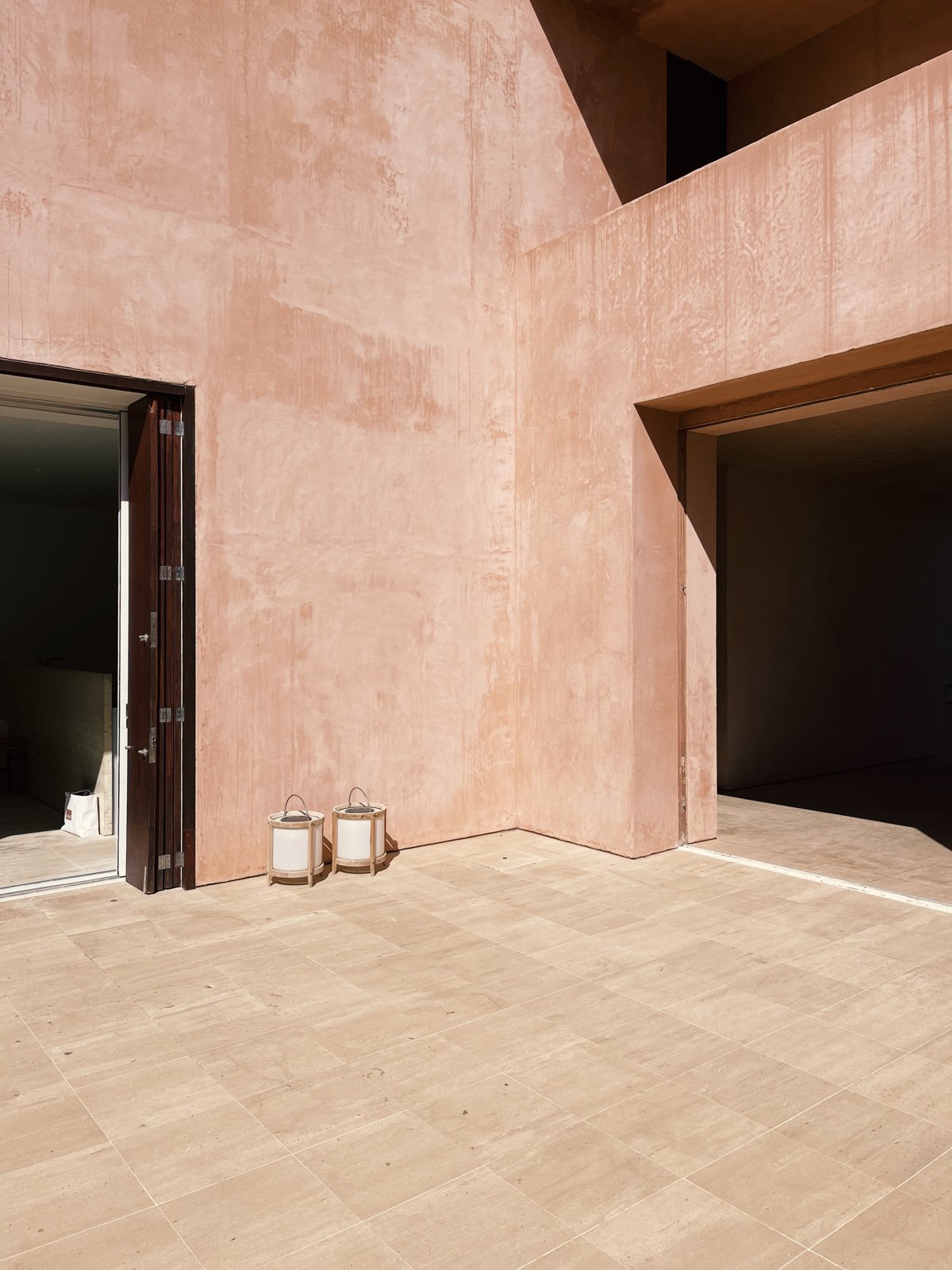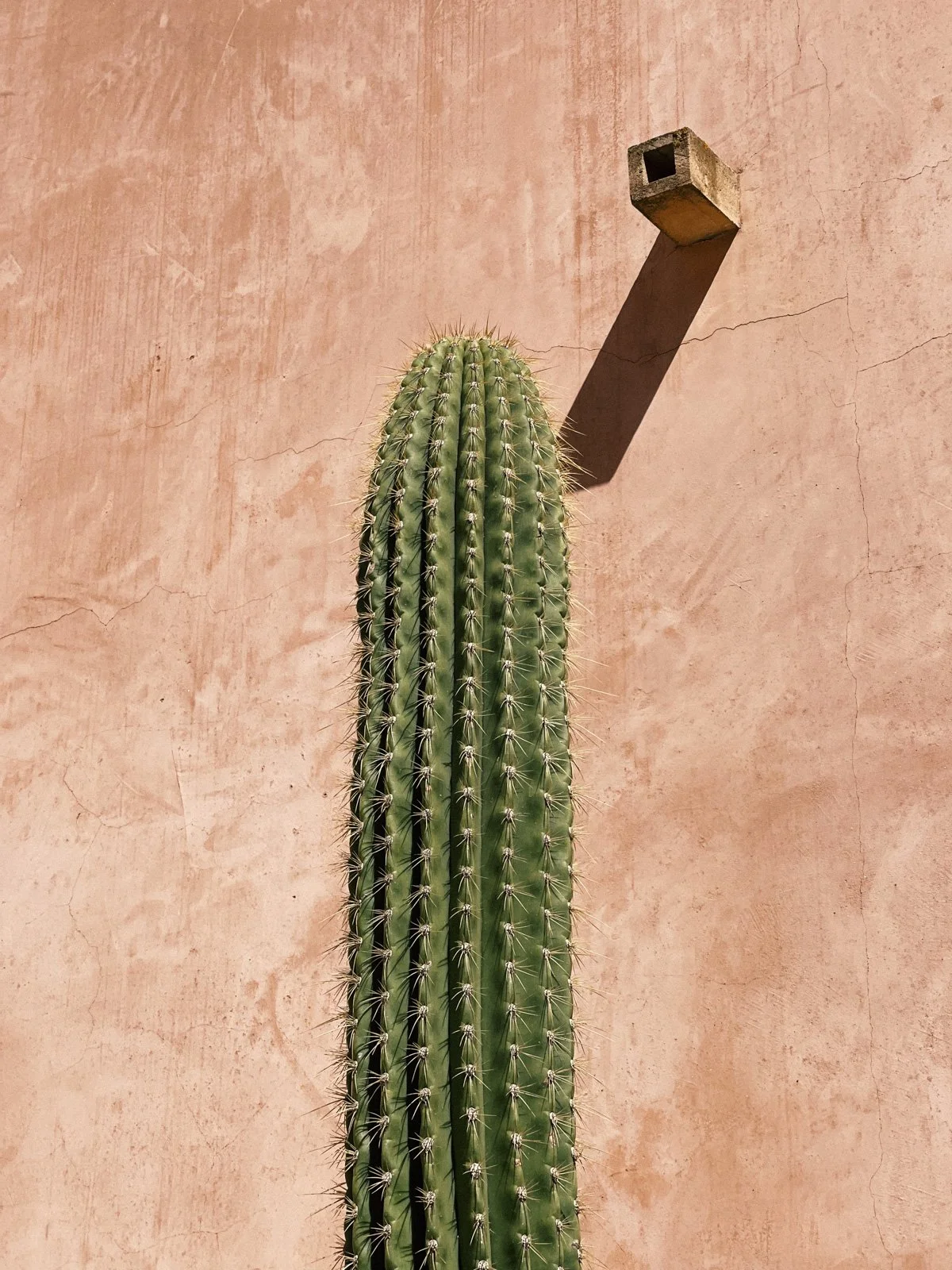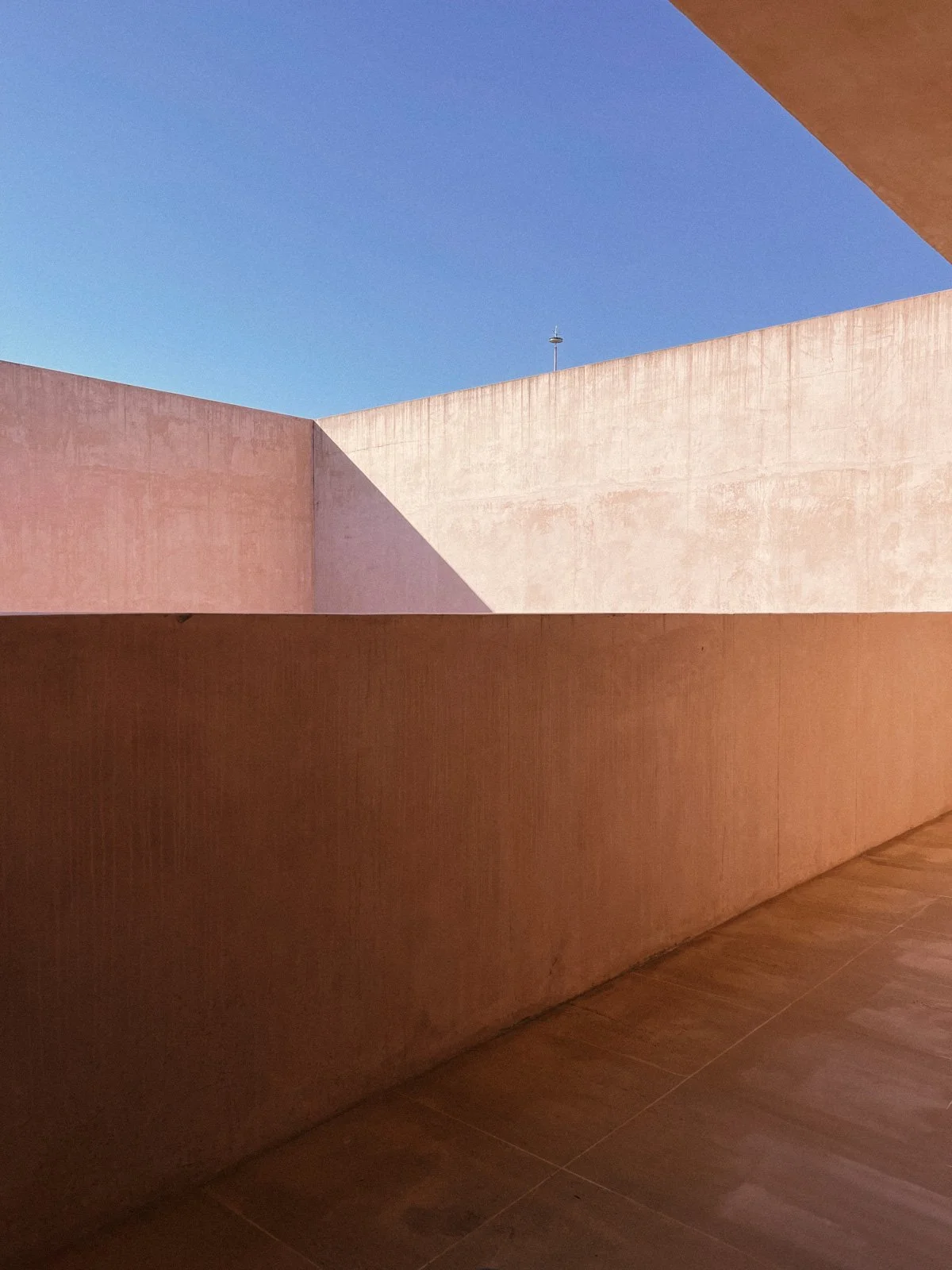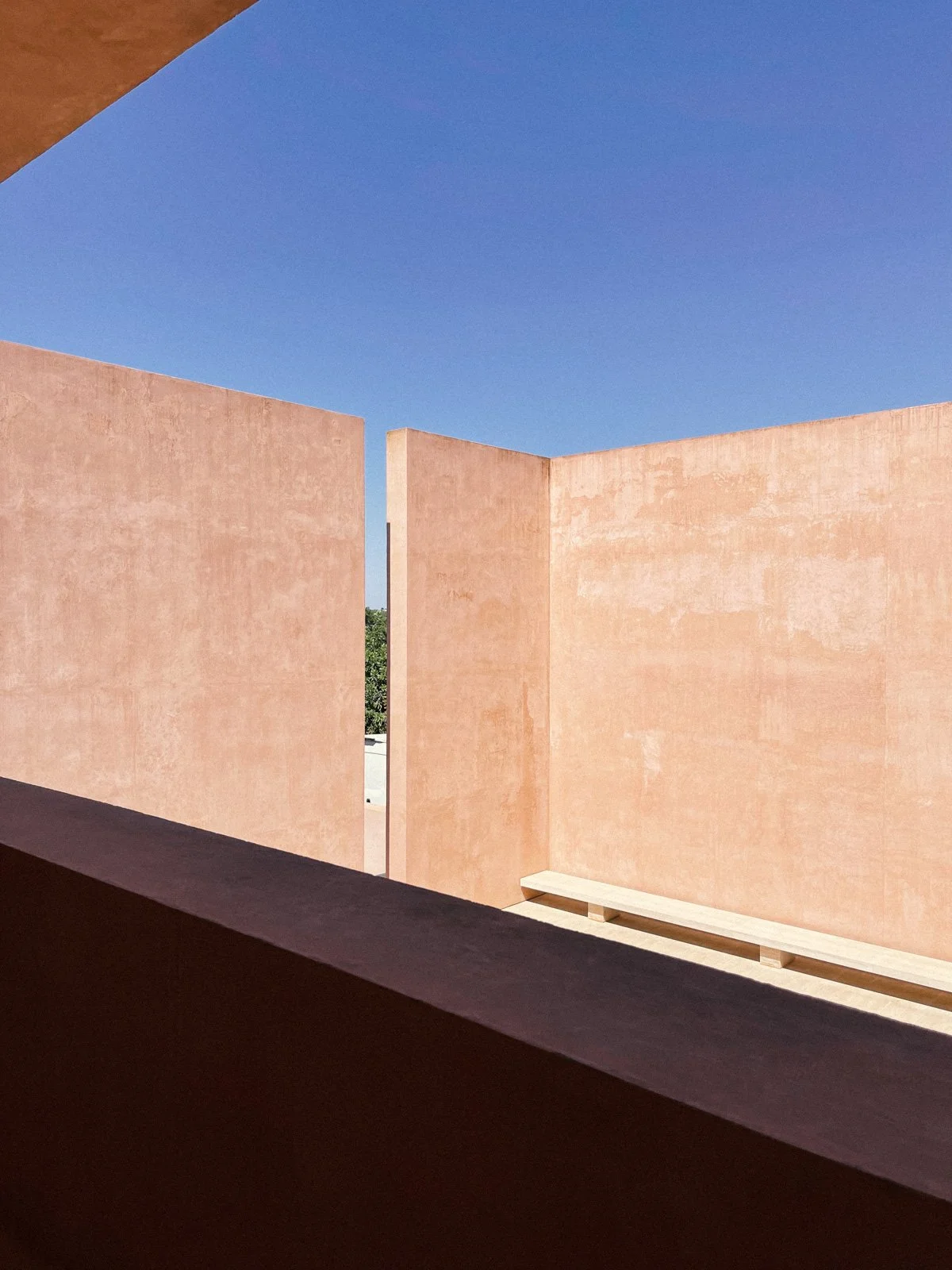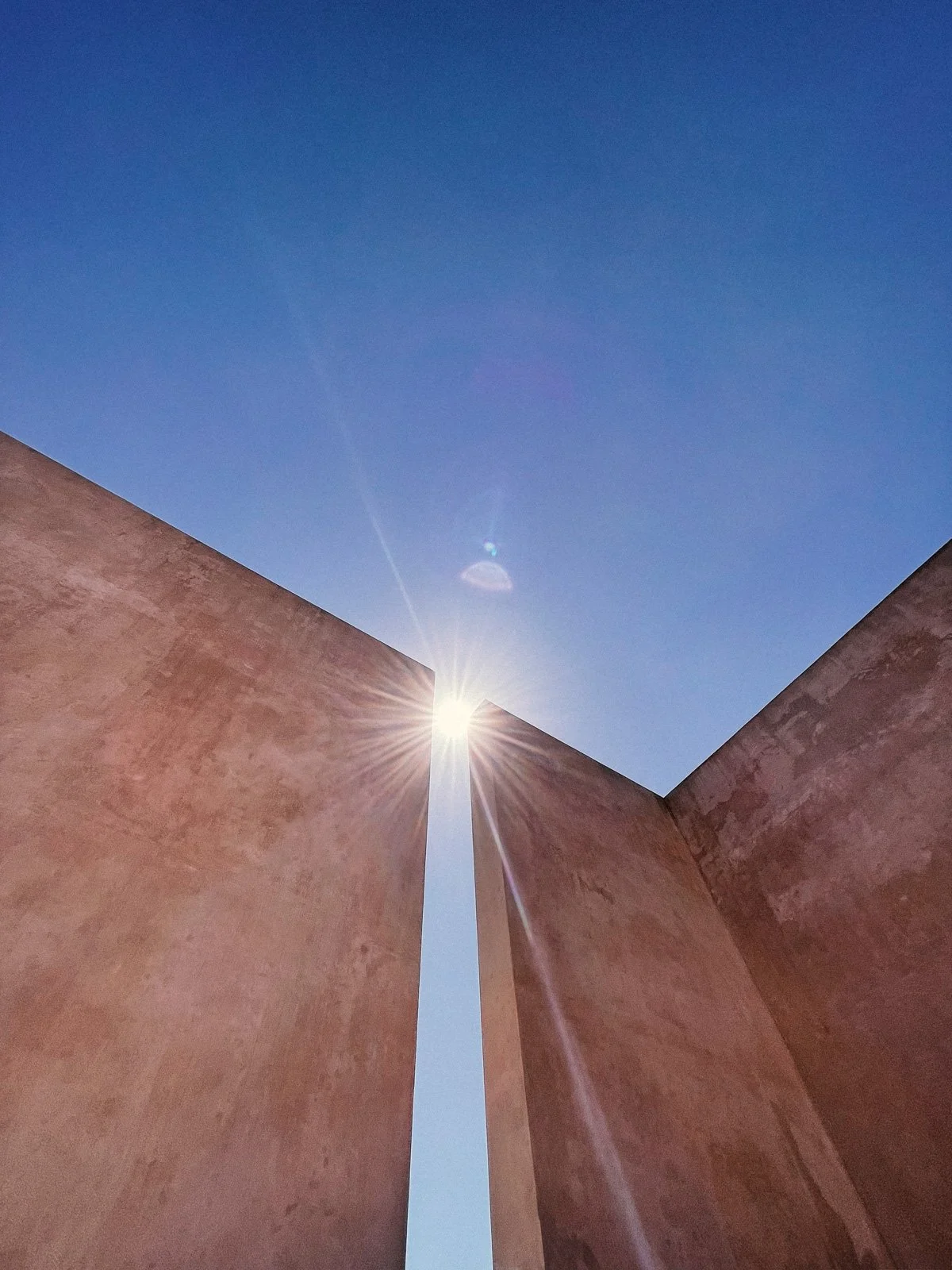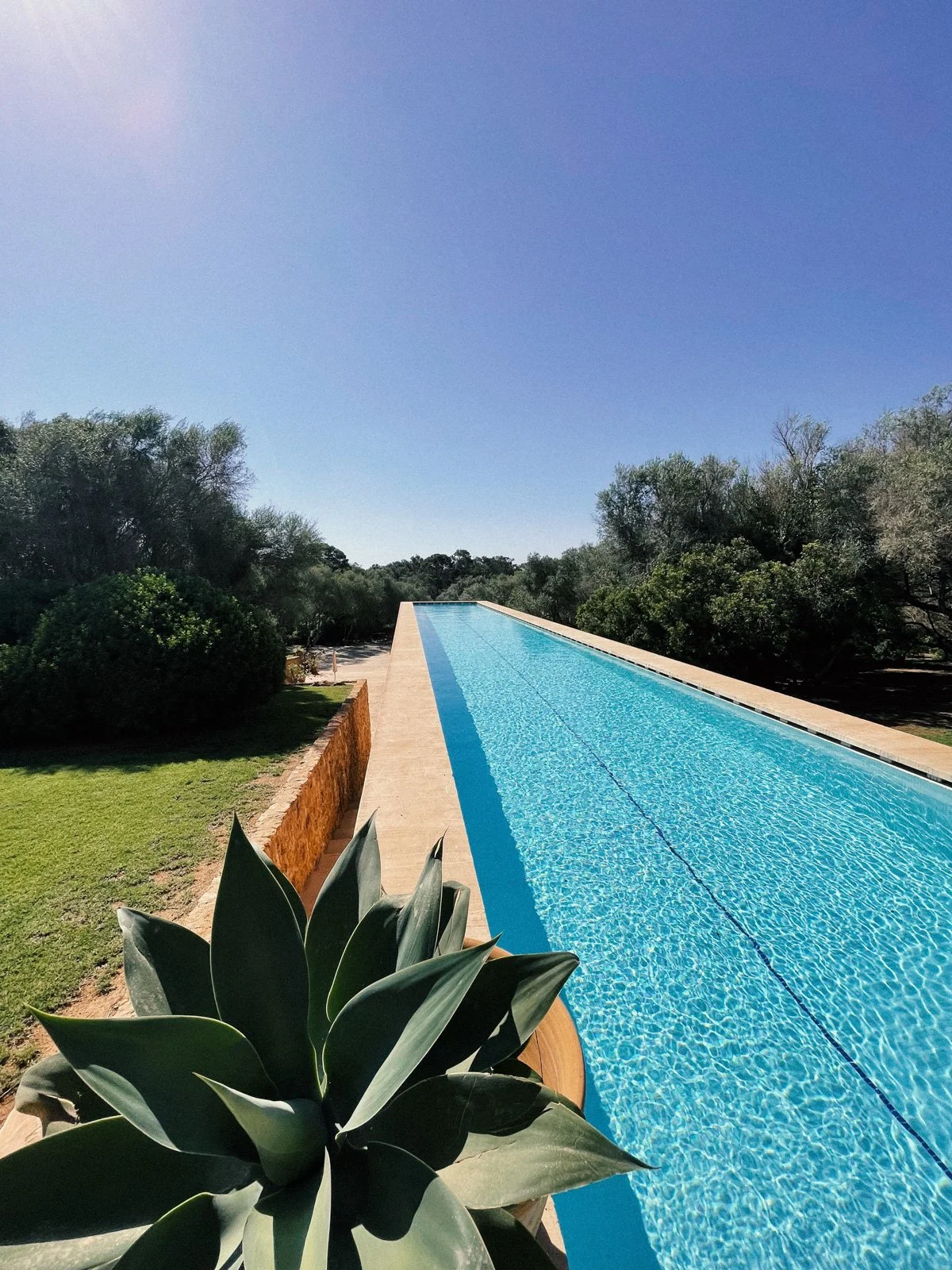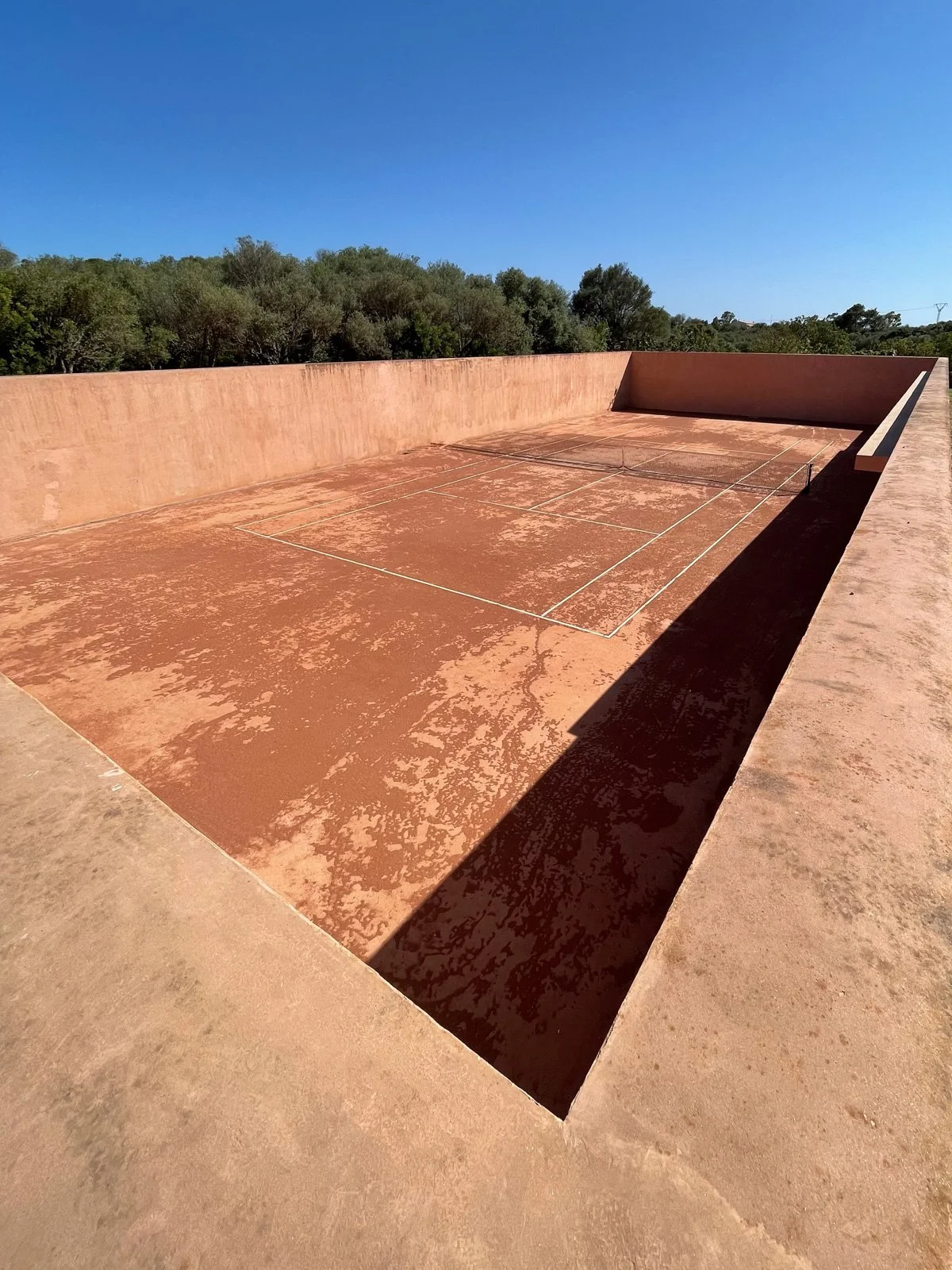Neuendorf House Mallorca: A Design Stay for the Soul
The Why – When Less Is Everything
Neuendorf House isn’t for everyone. It's for those who understand that luxury is sometimes best expressed in negative space. Where silence is not emptiness, but abundance. Here, less isn't more—it's everything.
Because here, presence becomes opulence. There's no better setting for reflection, connection, or creation. It’s a retreat not just from noise, but from noise within. You don’t just visit Neuendorf House—you emerge from it, subtly changed.
Arrival – A Journey into Stillness
You don't stumble upon Neuendorf House. You arrive, deliberately. Tucked in the rural hinterlands near Santanyi, Mallorca, this monolithic sanctuary commands attention through its silence. There's no signage, no welcome desk—just terracotta geometry against the island's golden dust.
The journey to the house sets the tone. As you navigate winding lanes through citrus groves and stone-walled farms, anticipation builds. Then, suddenly, the structure reveals itself: a stark, rose-hued block cut with ascetic precision. Stepping inside is less check-in, more rite of passage. The house doesn’t introduce itself; it allows you to discover.
Setting – Where Earth Meets Form
The house rises like an ancient sentinel from the almond-dotted landscape. Built in 1989 by architects John Pawson and Claudio Silvestrin, it's a Brutalist hymn in pink-toned sandstone. You are not here for service; you're here for space. The 30-acre estate includes olive groves, a saltwater pool, and the occasional hare zigzagging through.
Surrounding the property is a landscape that resists embellishment: dry grasslands punctuated by gnarled olive trees, low stone fences, and the ever-present hum of Mediterranean air. The architects ensured the house doesn’t compete with its surroundings—it converses with them. It absorbs the sun like stoneware and casts shadows that shift like tide lines.
Hospitality – Quiet Luxury, Refined Intuition
There is no formal hospitality, only quiet foresight. Your fridge is stocked. The playlist is curated. And a caretaker appears only if summoned. It's a place for those who prefer their luxury introspective. Digital detox comes naturally; there is Wi-Fi, but the house gently dares you not to use it.
Everything you need has been considered without ostentation. There are no minibars, no pillow menus. Instead, expect a perfectly worn linen robe, hand-poured candles, local wine breathing on the table. It's hospitality as a form of restraint—luxury unspoken, yet deeply felt. The absence of fuss becomes the ultimate form of care.
The Interiors – Monastic Grace, Material Truth
Silvestrin and Pawson don’t decorate; they compose. Every line is essential. Each aperture frames a horizon. Walls in brushed stucco and sandstone floors breathe warmth underfoot. The living space is monastic, with a monolith fireplace. There is art, yes, but it's recessive—a Cy Twombly sketch here, a vessel by Axel Vervoordt there.
Furnishings hover between sculpture and function: a bed carved directly into a platform, a floating bench that insists on stillness. The colour palette is a dialogue between stone, sand, and the occasional whisper of rust. Even the acoustics are meditative. This is interior design that doesn't shout; it breathes.
History Beneath – A Cult Classic with Cultural Roots
Originally designed as a private residence for a German art dealer, Neuendorf House has achieved cult status among design pilgrims. Despite its Bauhaus influences, there's a sense of Romanesque restraint, a discipline of material and light. It's no coincidence that Silvestrin also shaped spaces for Kanye West and Calvin Klein.
Its architecture lives in the canon alongside Tadao Ando and Luis Barragán. But this house is uniquely European in tone—stoic, sensual, philosophical. Over time, it has hosted artists, thinkers, and creatives who come not to escape, but to recalibrate. It’s not a backdrop. It’s a co-conspirator.
Atmosphere – Silence with Substance
Time slows here. The Mediterranean light shifts mood by the hour. Mornings are peach-hued and meditative. Afternoons invite shadow play across the cool stone floors. Evenings lean into a chiaroscuro quiet. No music is necessary; the cicadas and your own breath suffice.
There is an almost spiritual stillness that blankets the estate. The house, in its architectural rigor, becomes a sensory amplifier. A breeze feels like music. A shadow becomes theatre. Even the air tastes clearer. Guests report sleeping more deeply, thinking more clearly, and speaking more softly.
Mornings – Rituals of Light and Silence
You rise with the sun, filtered through impossibly tall shutters. A swim, silent and salt-slick. Fresh figs on the raw wood table. Coffee in hand, you watch the house cast shadows like a sundial. There is no schedule. Only presence.
This is a house that reshapes your circadian rhythm. Morning begins not with alarms but with golden light brushing the walls. You may journal. You may simply be. There is no pressure to explore. The exploration is inward. By midday, you feel like you’ve lived a whole new way of being.


